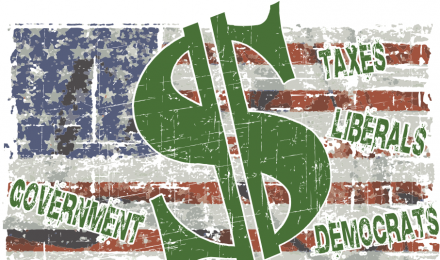The United States labor market continues to show strength as 2013 begins. According to the United States Department of Labor initial jobless claims continued to fall in the week ending January 19, 2013. Five thousand less people filed for an initial jobless benefits that of the week prior. The last time there were fewer initial jobless claims that reported on Thursday, January 24, 2013 was eight years ago— in 2008. The unadjusted data from the most recent report shows that 330,000 filed for benefits. Exactly 5 years ago the number was 318,000.
The unadjusted number beat estimates of a panel of economists – they had forecast the claims to be at about 355,000. However a Labor Department spokesman cautioned that the 2013 data for initial jobless claims was following historical patterns and if the data continues to mimic prior years the unemployment number at the end of the month could climb.
Data from California, Hawaii and Virginia was estimated because of the shortened workweek attributed to Martin Luther King Day.
Other Data
The number of people that continue collecting unemployment benefits decreased to 3.16 million reflecting 71,000 individuals leaving the unemployment rolls for the week ending January 12, 2013. Although this number excludes those workers receiving extended benefits from the federal government is the fewest people collecting jobless benefits since 2008.
Extended Benefits
According to the Labor Department unemployed people collecting emergency and extended benefit payments 1.69 million, a decrease of 365,600, for the week ended January 5. But, a spokesman for the Labor Department said that these figures may be distorted because of the holidays as well.
The period ending January 12 the unemployment rate for people eligible for benefits continued to be 2.5 percent. Twenty-one territories and states reported a decrease in the unemployment rate while thirty-two reported an increase.
For the most part initial jobless claims are measure of weekly firings and tend to decline as job growth accelerates.
Many economists attribute the improvement in the unemployment numbers to the increase in consumer spending during the month of December 2012. Their consensus is that consumer spending is tempering concern over the fiscal crisis in Washington. However, consumer confidence has declined due to an increase in the payroll tax that went into effect on January 1, 2013. The fear is that two percent increase in the payroll tax will have a negative effect on sales. For example the impact on a person makes $50,000 a year is approximately and $83 deduction monthly take-home pay.
Take Away
The eyes of economists will be on the lookout the end of January 2013 employment data. While it appears that an improvement in the employment figures is undeniable, economists remain wary of the potential swing in the data.
The United States labor market continues to show strength as 2013 begins. According to the United States Department of Labor initial jobless claims continued to fall in the week ending January 19, 2013. Five thousand less people filed for an initial jobless benefits that of the week prior. The last time there were fewer initial jobless claims that reported on Thursday, January 24, 2013 was eight years ago— in 2008. The unadjusted data from the most recent report shows that 330,000 filed for benefits. Exactly 5 years ago the number was 318,000.
The unadjusted number beat estimates of a panel of economists – they had forecast the claims to be at about 355,000. However a Labor Department spokesman cautioned that the 2013 data for initial jobless claims was following historical patterns and if the data continues to mimic prior years the unemployment number at the end of the month could climb.
Data from California, Hawaii and Virginia was estimated because of the shortened workweek attributed to Martin Luther King Day.
Other Data
The number of people that continue collecting unemployment benefits decreased to 3.16 million reflecting 71,000 individuals leaving the unemployment rolls for the week ending January 12, 2013. Although this number excludes those workers receiving extended benefits from the federal government is the fewest people collecting jobless benefits since 2008.
Extended Benefits
According to the Labor Department unemployed people collecting emergency and extended benefit payments 1.69 million, a decrease of 365,600, for the week ended January 5. But, a spokesman for the Labor Department said that these figures may be distorted because of the holidays as well.
The period ending January 12 the unemployment rate for people eligible for benefits continued to be 2.5 percent. Twenty-one territories and states reported a decrease in the unemployment rate while thirty-two reported an increase.
For the most part initial jobless claims are measure of weekly firings and tend to decline as job growth accelerates.
Many economists attribute the improvement in the unemployment numbers to the increase in consumer spending during the month of December 2012. Their consensus is that consumer spending is tempering concern over the fiscal crisis in Washington. However, consumer confidence has declined due to an increase in the payroll tax that went into effect on January 1, 2013. The fear is that two percent increase in the payroll tax will have a negative effect on sales. For example the impact on a person makes $50,000 a year is approximately and $83 deduction monthly take-home pay.
Take Away
The eyes of economists will be on the lookout the end of January 2013 employment data. While it appears that an improvement in the employment figures is undeniable, economists remain wary of the potential swing in the data.







